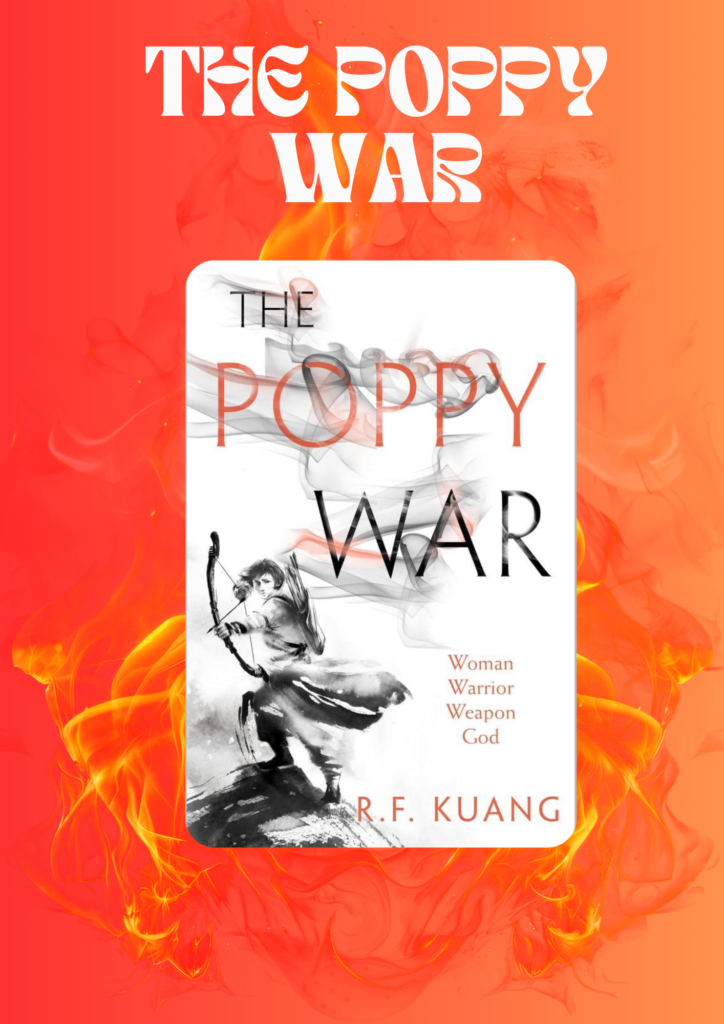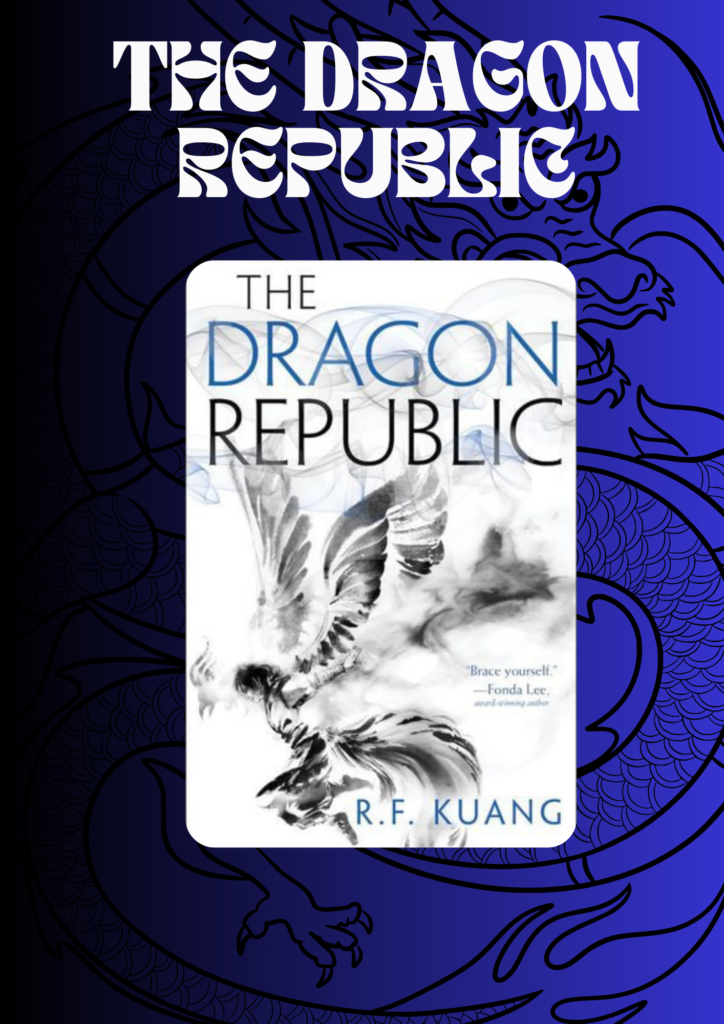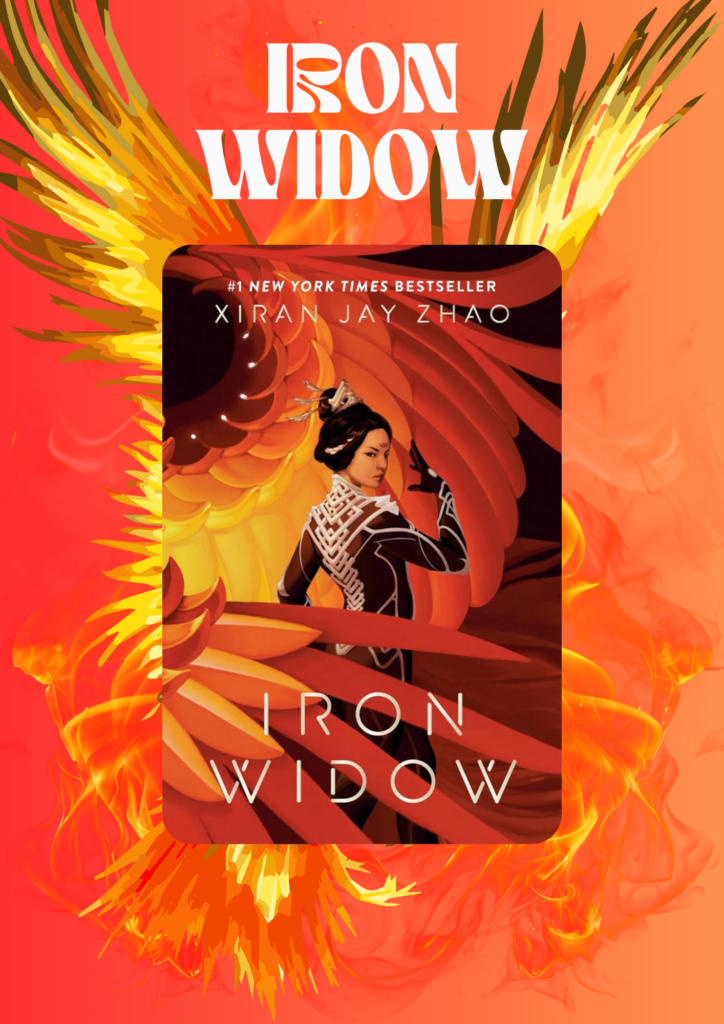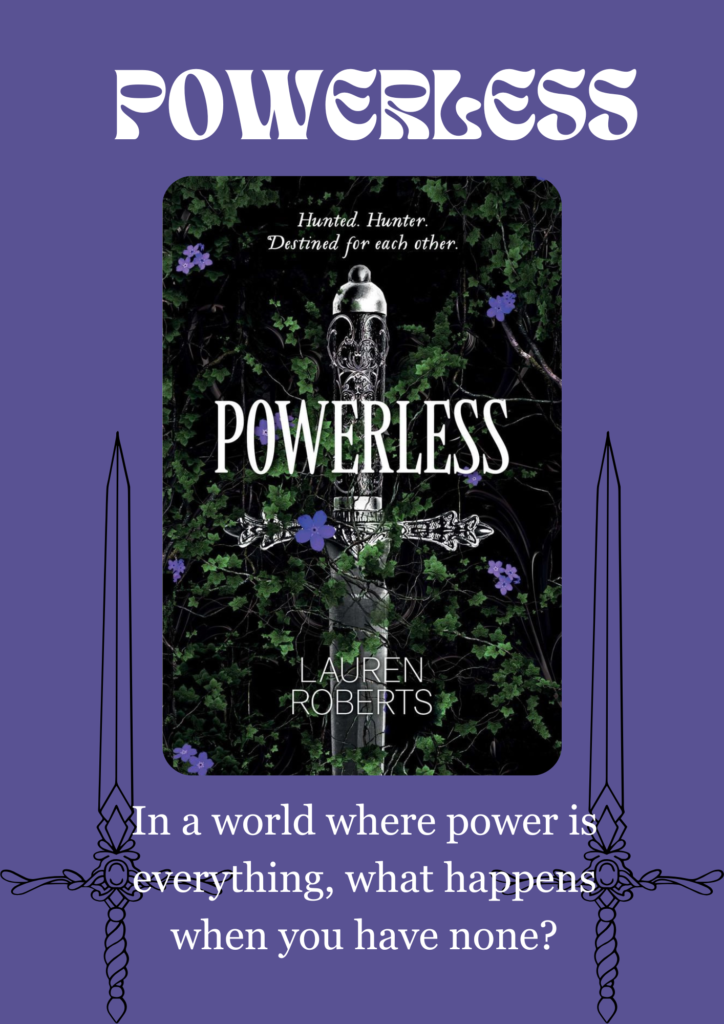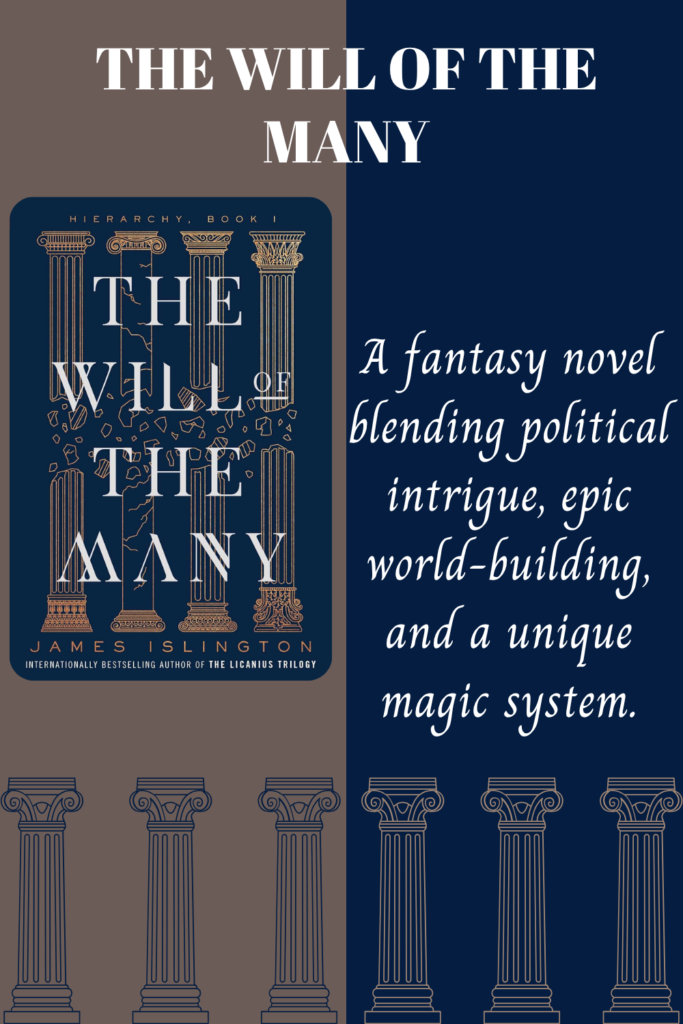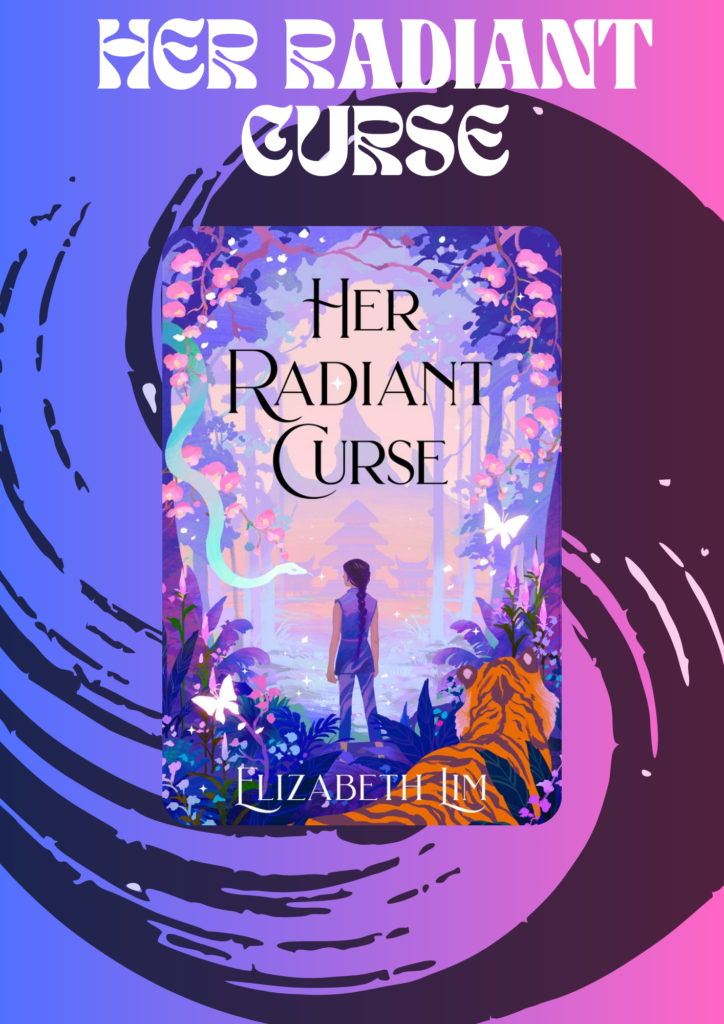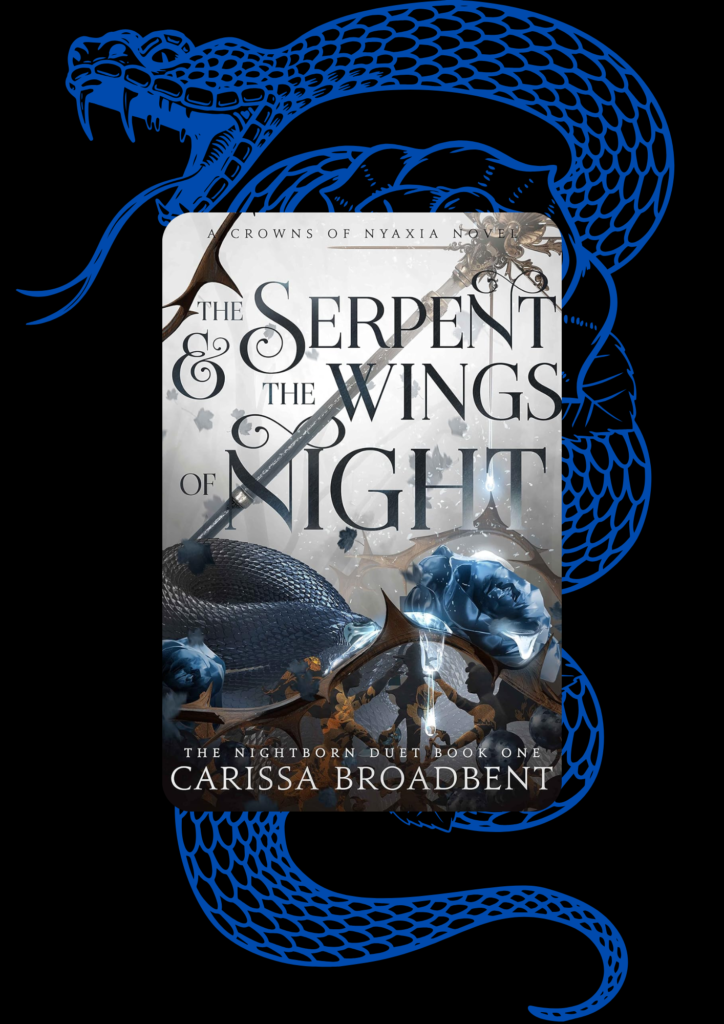Ever wonder why some fantasy books feel like epic journeys to another world, while others blend magic seamlessly into our own? The key lies in whether it’s High Fantasy or Low Fantasy. It all boils down to where the magic happens!
High Fantasy: Epic Worlds, Epic Stakes
High Fantasy plunges you into an entirely new, imagined world (a “secondary world”). Think distinct geographies, ancient histories, unique cultures, and often, pervasive magic systems. The stakes are usually grand – the fate of kingdoms, civilizations, or even the world itself.
Key Traits:
- Setting: A completely made-up world (e.g., Nikan, the Six Duchies, Roshar, the Dominion of the Sun).
- Magic: Often powerful, openly known, and integral to the world’s existence.
- Scope: Huge, world-changing conflicts and grand quests.
- Characters: Heroes often rise to meet monumental challenges.
High Fantasy Book Examples:
- The Poppy War by R.F. Kuang: Set in the brutal, fictional world of Nikan, heavily inspired by Chinese history. Magic (shamanism, divine connection) is a terrifying, integral force in a devastating war.
- Assassin’s Apprentice by Robin Hobb: Follow Fitz in the Six Duchies, a richly detailed world where “the Skill” and “the Wit” are powerful, inherent magics tied to royalty and nature, shaping political and personal destinies.
- The Priory of the Orange Tree by Samantha Shannon: A sprawling epic across multiple continents of a high fantasy world, featuring dragon riders, mages, and ancient evils.
- The Way of Kings (The Stormlight Archive) by Brandon Sanderson: An incredibly intricate world called Roshar, where giant storms reshape the land and powerful “Surgebinders” harness fundamental forces. Grand-scale war and ancient prophecies dominate.
- The Name of the Wind (The Kingkiller Chronicle) by Patrick Rothfuss: Set in the Four Corners of Civilization, a detailed world with a complex magic system based on sympathy and naming.
- Children of Blood and Bone by Tomi Adeyemi: Transported to Orïsha, a vibrant world based on West African mythology, where magic was suppressed but is now returning, threatening the tyrannical monarchy.
Low Fantasy: Magic Hiding in Our World
Low Fantasy, on the other hand, sets its stories in our familiar world (the “primary world”) or one very similar to it. The magic is present, but it’s often subtle, hidden, or only known to a select few. The focus tends to be more personal, exploring how extraordinary elements interact with ordinary lives.
Key Traits:
- Setting: Our real world, or a very recognizable version (e.g., modern Chicago, a tea-making empire).
- Magic: Hidden, secret, or not widely acknowledged by the general public.
- Scope: More personal, localized conflicts, often focusing on individual struggles.
- Characters: Ordinary people discovering or dealing with the extraordinary.
Low Fantasy Book Examples:
- A Magic Steeped in Poison by Judy I. Lin: In a world reminiscent of imperial China, magic is woven into the art of tea-making, but it’s a specific, hidden skill that influences a society otherwise familiar to us.
- Ninth House by Leigh Bardugo: Dark academia set at Yale University in our modern world, where secret societies use forbidden magic for influence and power, all hidden from the unsuspecting student body.
- Good Omens by Terry Pratchett & Neil Gaiman: An angel and a demon try to avert the apocalypse in our contemporary England. Their supernatural powers are real, but they operate amusingly within human society, mostly unnoticed.
- Neverwhere by Neil Gaiman: A hidden, magical London exists beneath the familiar streets of our own, populated by angels, monsters, and a bizarre underground society, invisible to most “normals.”
- A Wizard of Earthsea by Ursula K. Le Guin: While set in an archipelago world, its magic is deeply philosophical, dangerous, and very difficult to master, making it a rare and often perilous skill rather than a pervasive force. It feels more akin to a magical intrusion upon a largely mundane, human-centric society.
- Vicious (Villains series) by V.E. Schwab: Set in a recognizable modern world, where certain individuals can develop “ExtraOrdinary” abilities (superpowers) after a near-death experience. These powers exist in secret, leading to a dark, character-driven conflict.
